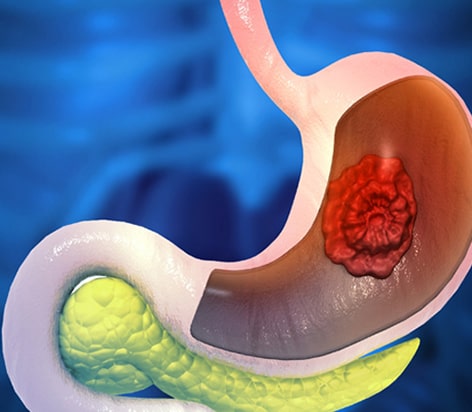
Duodenum is part of the small intestine connected to the stomach. Several conditions may affect the duodenum, such as duodenal ulcers, duodenal cancer, duodenum inversion, duodenitis, and Crohn's disease of the duodenum. Early diagnosis and treatment of duodenal diseases are essential to prevent complications.